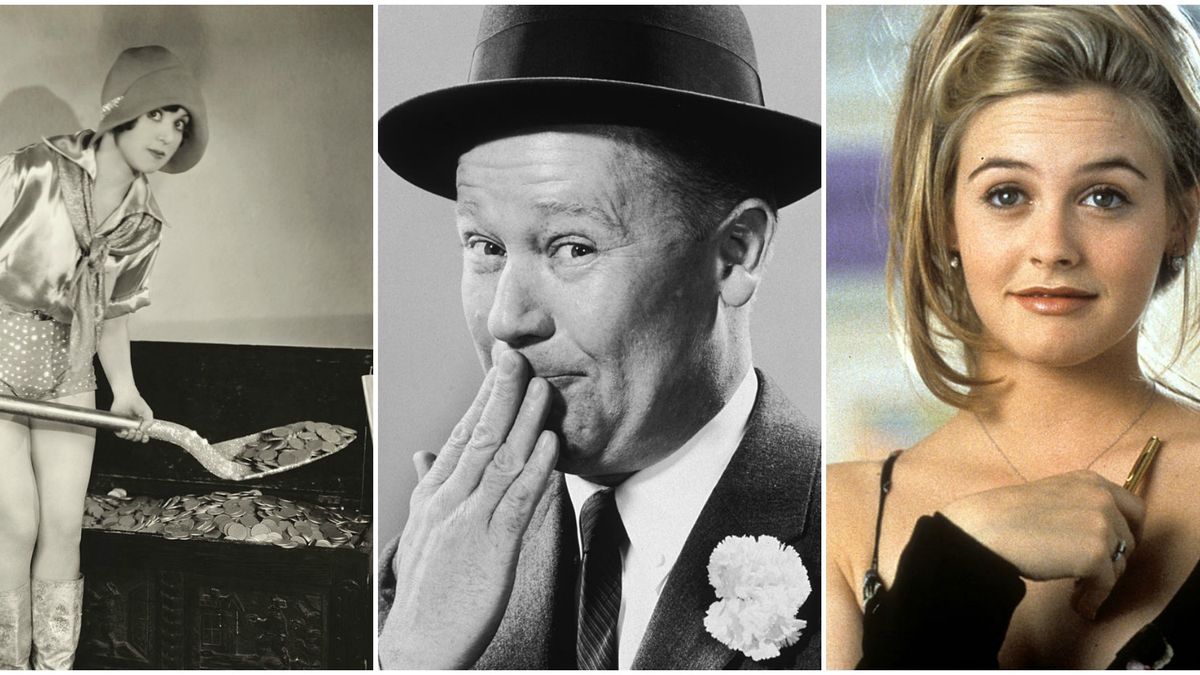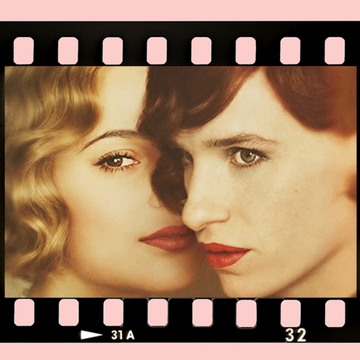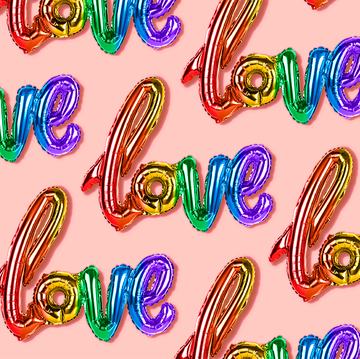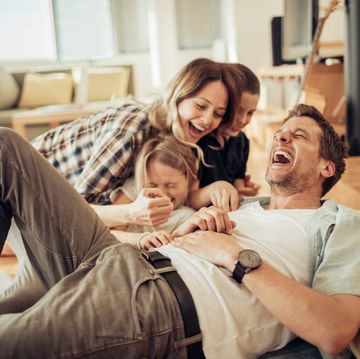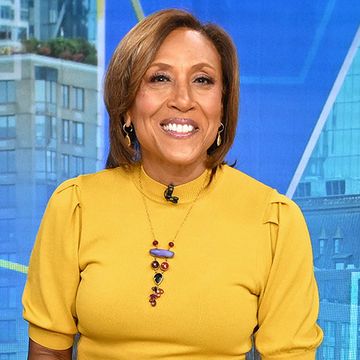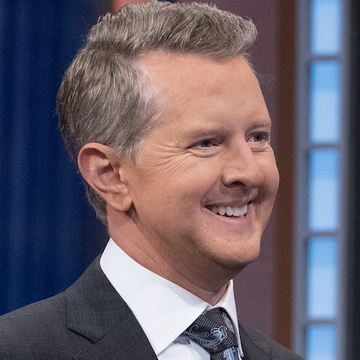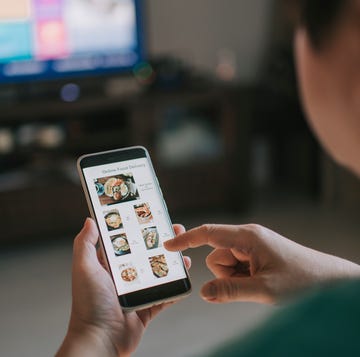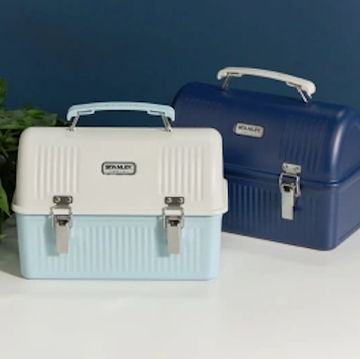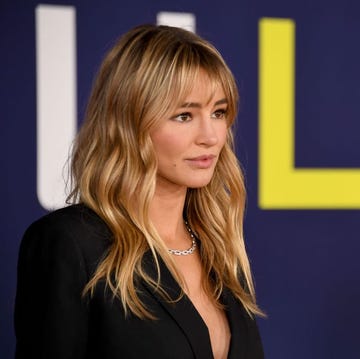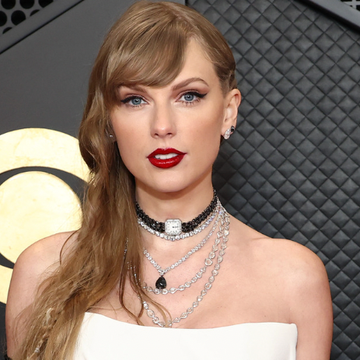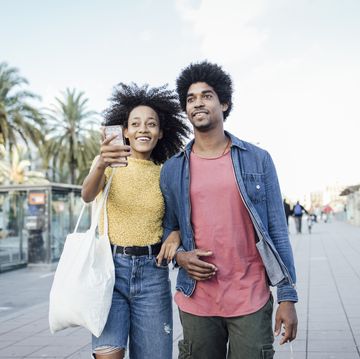1926: Gold-Dig
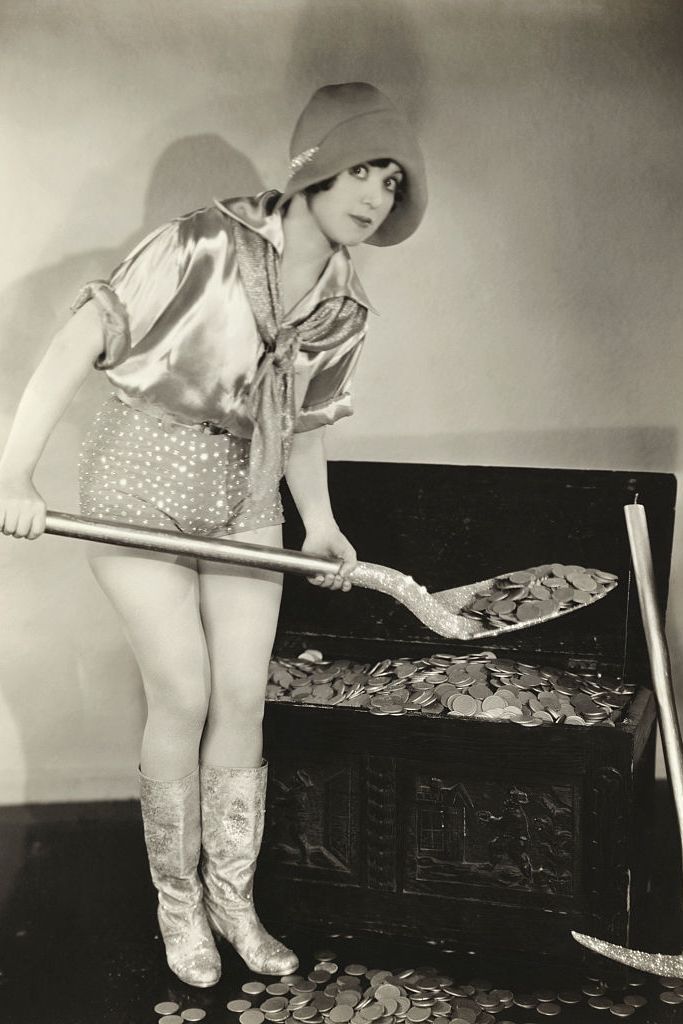 John Springer Collection/CORBIS//Getty Images
John Springer Collection/CORBIS//Getty ImagesThe money-flush times of the Roaring Twenties gave rise to this term for a woman who is interested in a man, but only for his money. It came from the appropriately titled "Mantrap" by Sinclair Lewis.
1927: It Girl
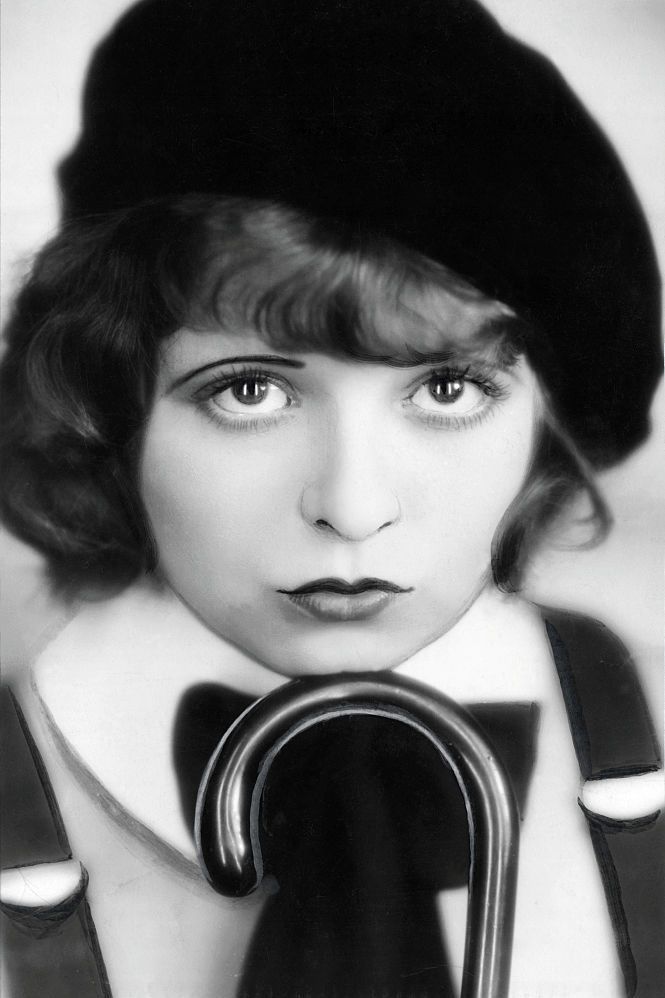 Bettmann//Getty Images
Bettmann//Getty ImagesHollywood couldn't get enough of Clara Bow — so much that she was branded the "It Girl."
1928: Baloney
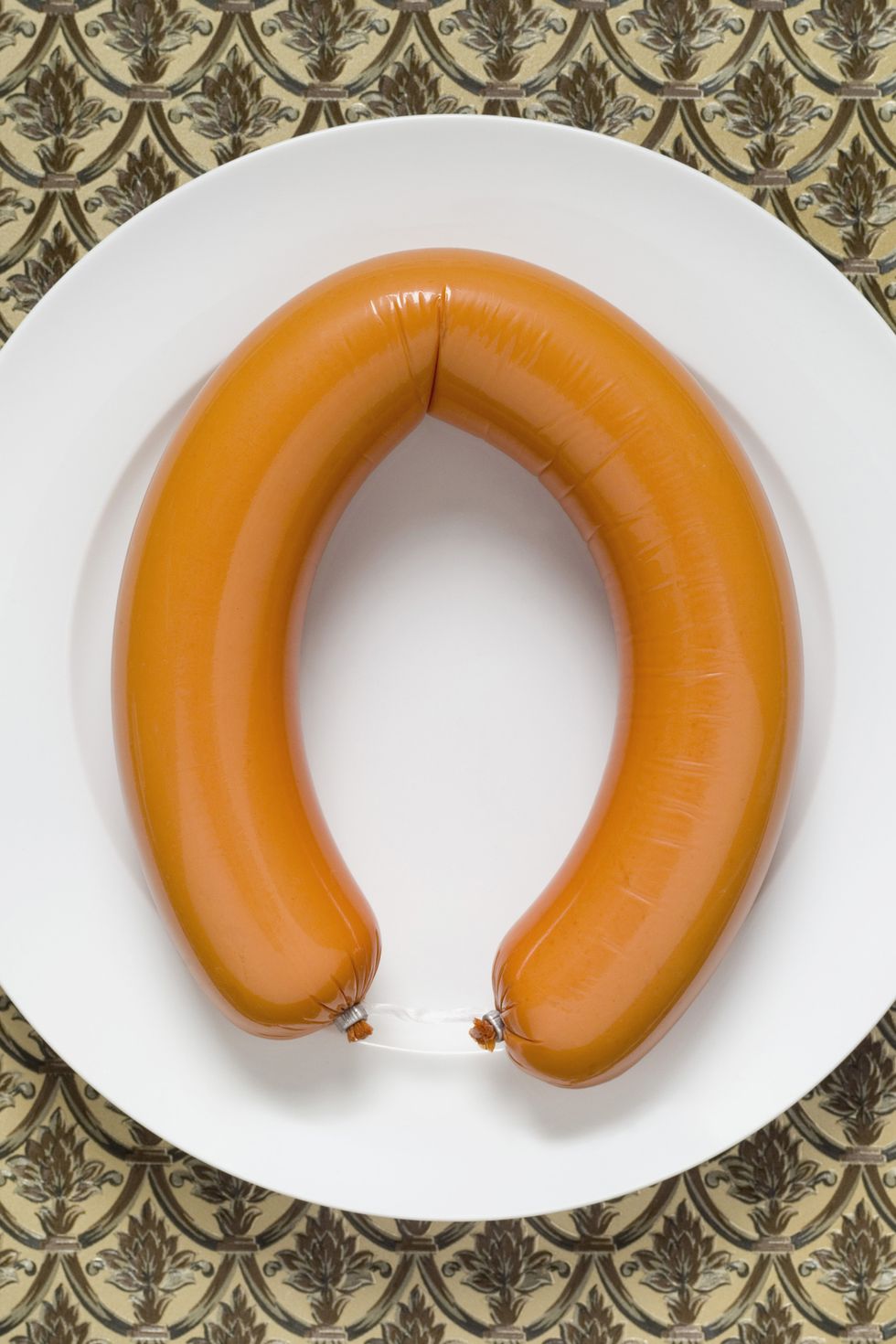 Frank Muckenheim//Getty Images
Frank Muckenheim//Getty ImagesIt's hooey, it's baloney. This word can be traced back to an article in The Saturday Evening Post, which referred to something phony as being a bunch of balony (their spelling).
Advertisement - Continue Reading Below
1929: It Boy
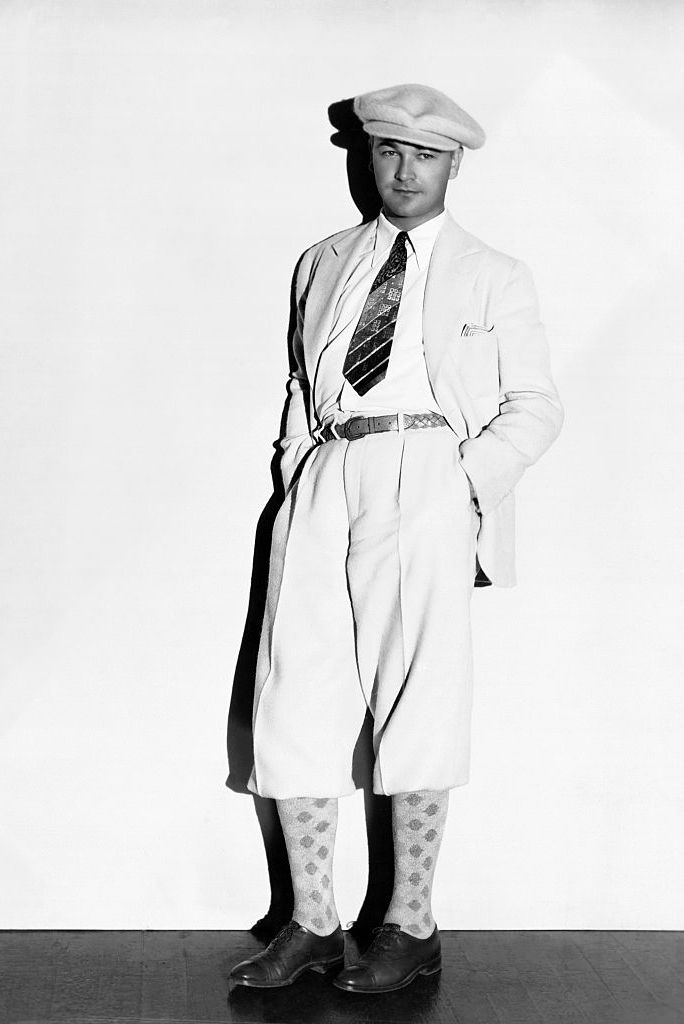 Hulton-Deutsch Collection/CORBIS//Getty Images
Hulton-Deutsch Collection/CORBIS//Getty ImagesA couple of years after the "It Girl" came Hollywood's "It Boy," which referred to basically any handsome young guy.
1930: Booksy
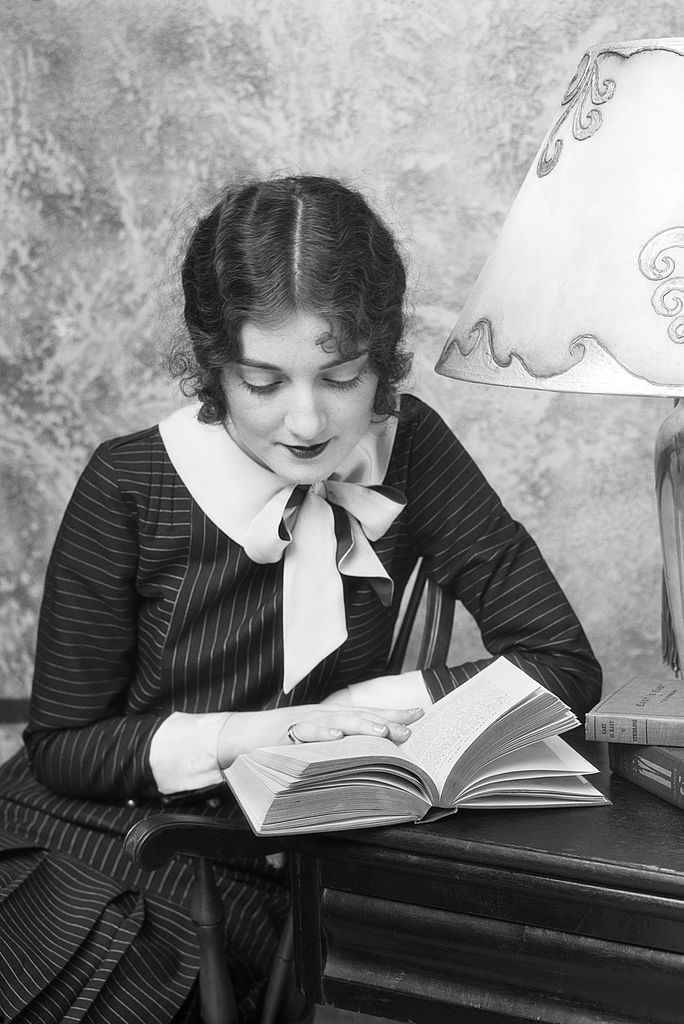 H. Armstrong Roberts/Retrofile//Getty Images
H. Armstrong Roberts/Retrofile//Getty ImagesInstead of being "bookish," anyone who took an interest in reading was "booksy."
1931: Snazzy
 John Kobal Foundation//Getty Images
John Kobal Foundation//Getty ImagesThis word perfectly articulated the elegant-but-also-flashy style of Hollywood starlets and heartbreakers alike of the early part of this decade.
Advertisement - Continue Reading Below
1932: Burp
 Lambert//Getty Images
Lambert//Getty ImagesThe word "burp" almost replicates the noise one makes when belching.
1933: Beered Up
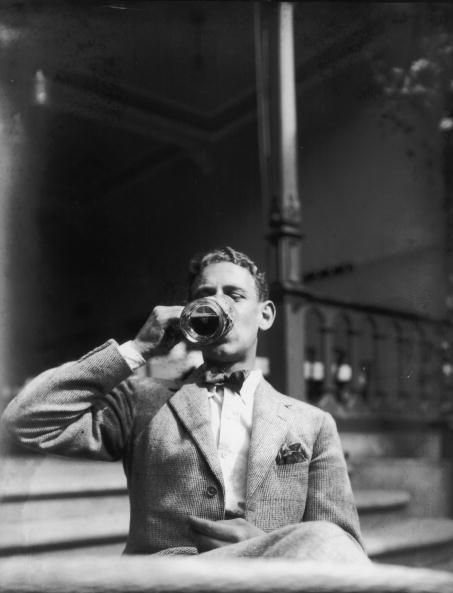 Fox Photos//Getty Images
Fox Photos//Getty ImagesThis would be the year that Prohibition would be repealed, an occasion that was robustly celebrated.
1934: Boffo
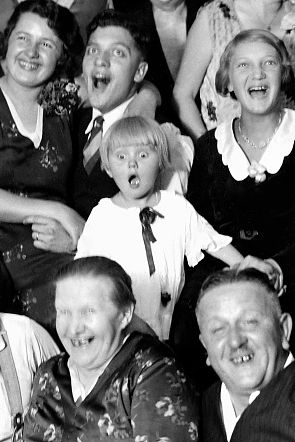 Kirn Vintage Stock/Corbis//Getty Images
Kirn Vintage Stock/Corbis//Getty ImagesThis word originated from the burgeoning comedy scene, where a line that delivered a big laugh was a "boffo."
Advertisement - Continue Reading Below
1935: Gramps
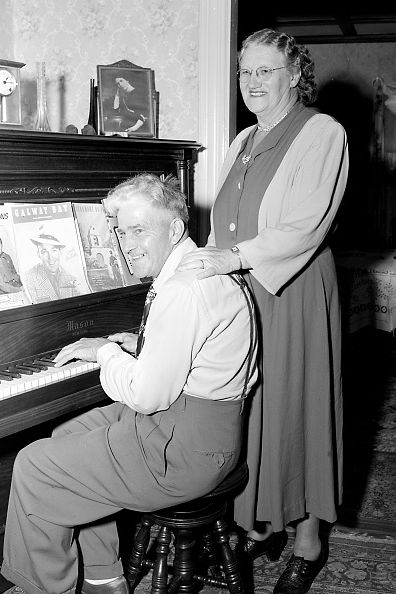 Kirn Vintage Stock/Corbis//Getty Images
Kirn Vintage Stock/Corbis//Getty ImagesThis could refer to your grandpa, or any older person you felt like insulting.
1936: Bingo
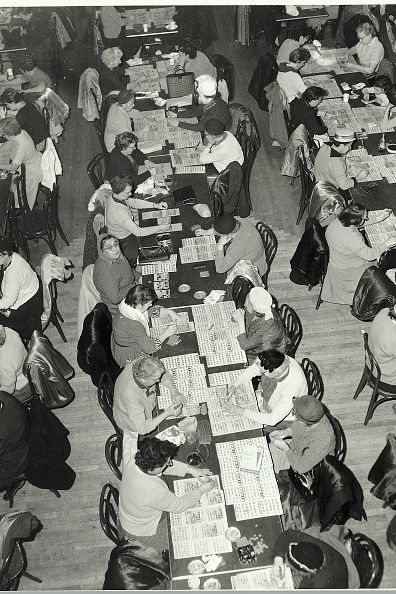 Bettmann//Getty Images
Bettmann//Getty ImagesThis referred to, yes, the bingo halls that became a hot fad (and then a long-loved game).
1937: Gunky
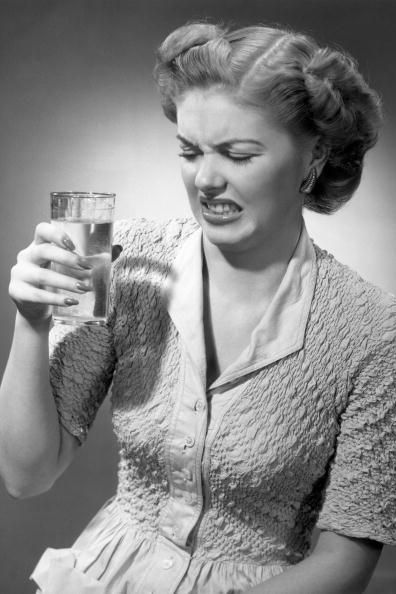 George Marks/Retrofile//Getty Images
George Marks/Retrofile//Getty ImagesAnother great word here, referring to something that's pretty gross.
Advertisement - Continue Reading Below
1938: Fave
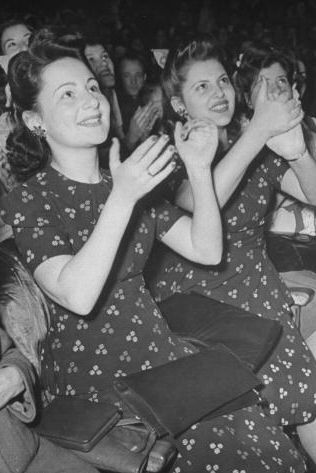 George Karger/Pix Inc./The LIFE Images Collection//Getty Images
George Karger/Pix Inc./The LIFE Images Collection//Getty ImagesAnother entertainment industry term that made its way into common language, "fave" was used exactly how it is now: to refer to a favorite thing.
1939: Bad-Mouthing
 Bettmann//Getty Images
Bettmann//Getty ImagesBefore we trash-talked, we engaged in bad-mouthing our opponents in sports.
1940: Baby Blues
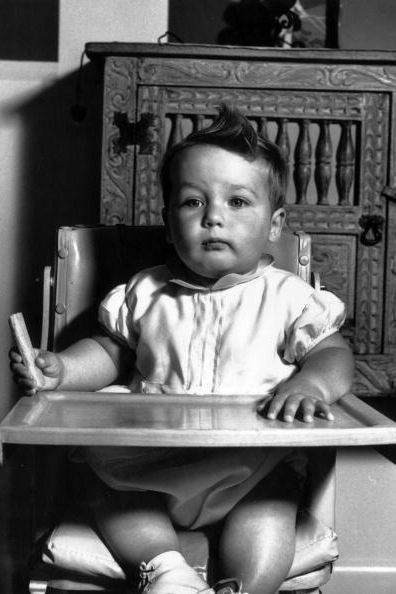 Tunbridge-Sedgwick Pictorial Press//Getty Images
Tunbridge-Sedgwick Pictorial Press//Getty ImagesThe rise of parenting experts lead to a whole new vocabulary for new parents. The term "baby blues" would refer to any sadness felt by a mother after the birth of her baby.
Advertisement - Continue Reading Below
1941: Dreamboat
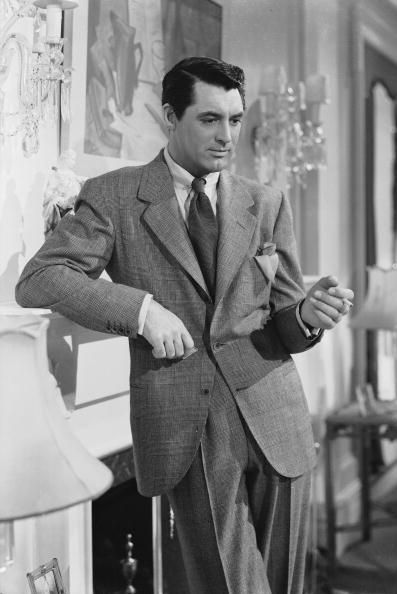 John Kobal Foundation//Getty Images
John Kobal Foundation//Getty ImagesYet another phrase borrowed from Hollywood, this time to refer to a handsome actor. Though generally used for younger celebrities, we still think Cary Grant is a dreamboat.
1942: Hyper
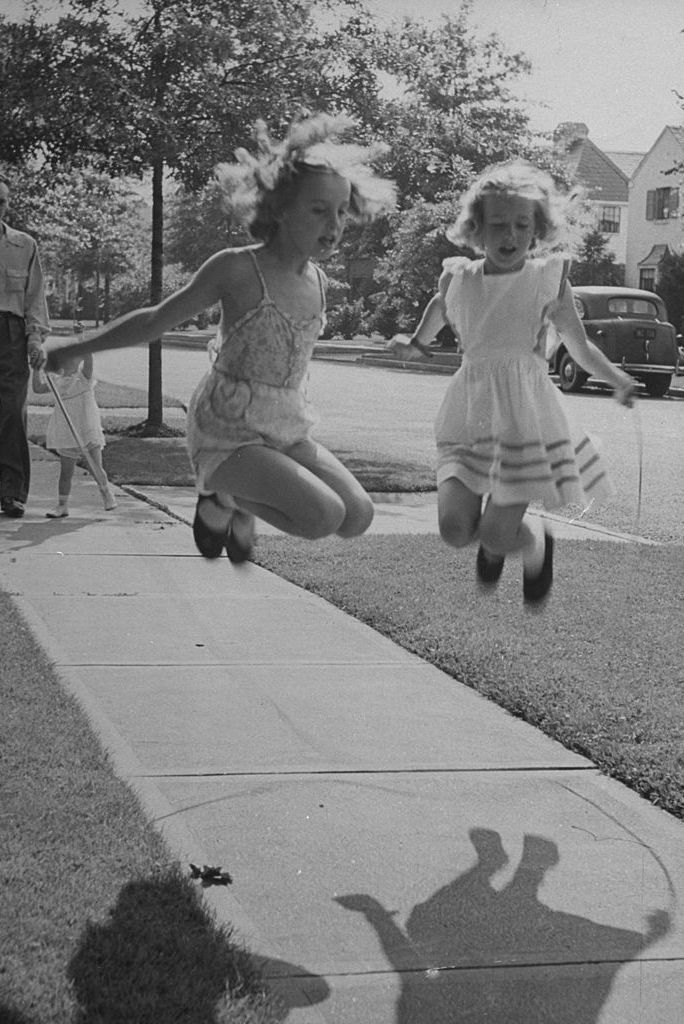 Alfred Eisenstaedt/Pix Inc./The LIFE Picture Collection//Getty Images
Alfred Eisenstaedt/Pix Inc./The LIFE Picture Collection//Getty ImagesNo longer considered a polite term these days, but this shortened version of "hyperactive" was used to describe kids with a lot of energy.
1943: Duh
 Bettmann//Getty Images
Bettmann//Getty ImagesThis one was a surprise! Though we associate "Duh" with the '90s, it was widely used as an off-handed remark in the '40s (OED cites a "Merrie Melodies" cartoon as the source).
Advertisement - Continue Reading Below
1944: Tag-Along
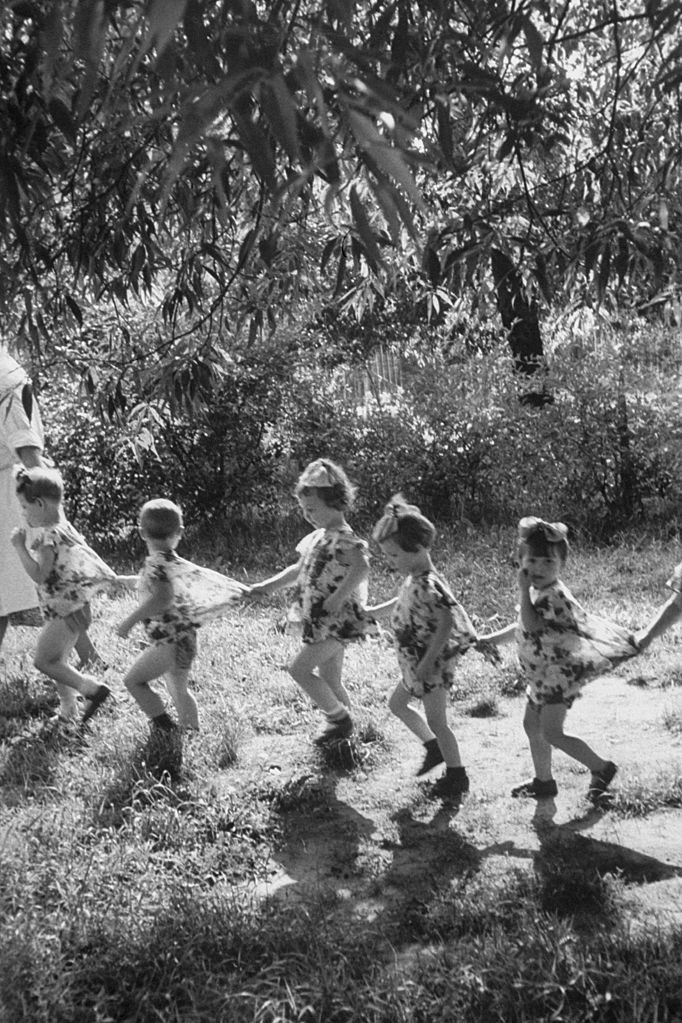 Lisa Larsen/The LIFE Picture Collection//Getty Images
Lisa Larsen/The LIFE Picture Collection//Getty ImagesInterestingly, a "tag-along" was a military term that originally referred to a bomb. It was then repurposed into slang, to describe anyone who was unexpectedly joining in on your plans for the day.
1945: Doh!
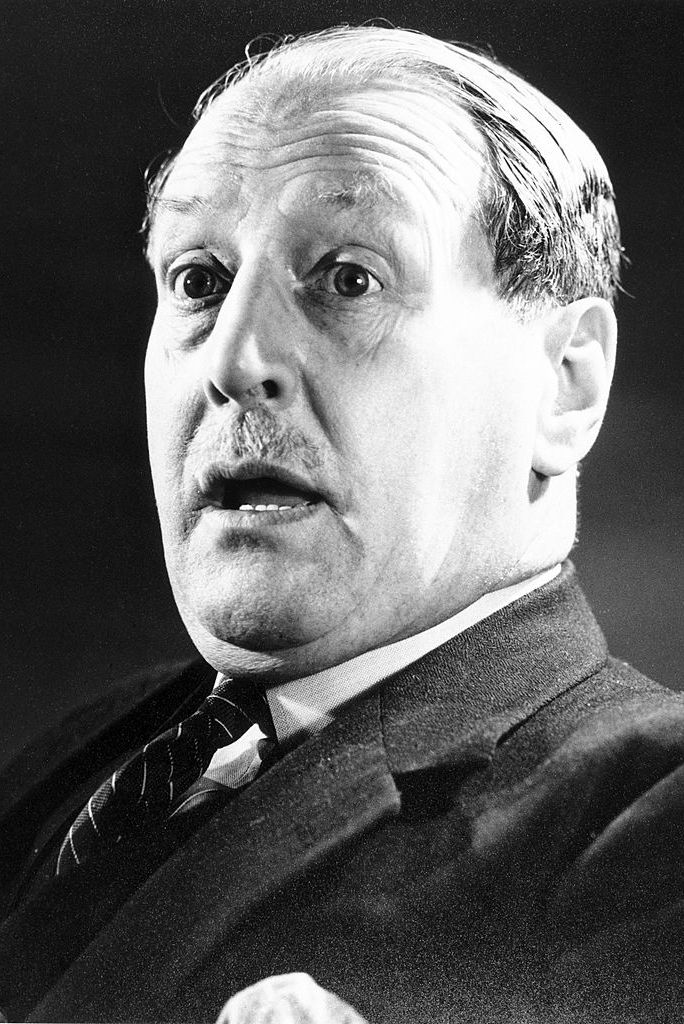 SSPL//Getty Images
SSPL//Getty ImagesAnother surprise from the '40s! Before Homer Simpson had this catchphrase, this offhanded expression had roots in radio programs. Specifically, the program "It's That Man Again." Doh!
Advertisement - Continue Reading Below
Advertisement - Continue Reading Below
Advertisement - Continue Reading Below
